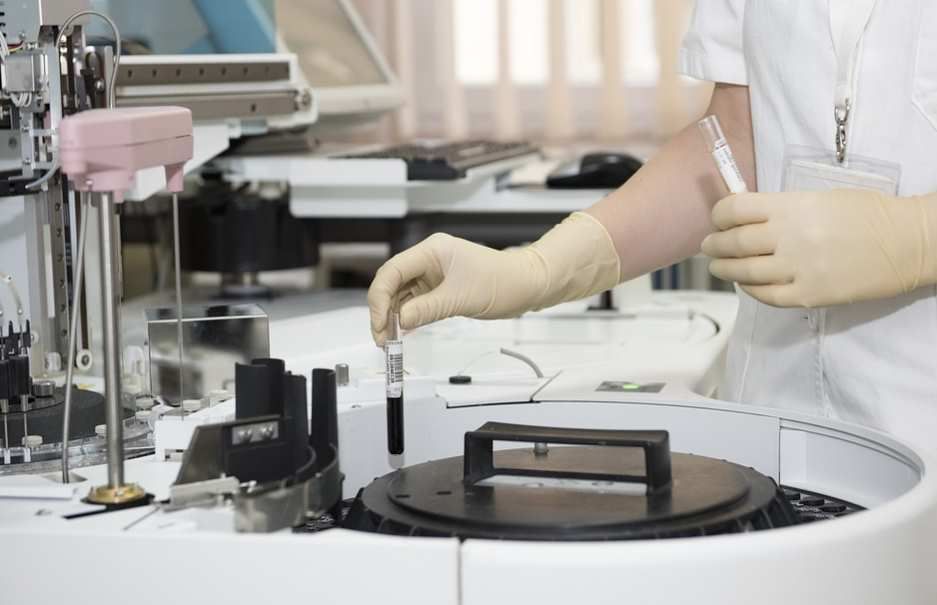Polish scientists have printed the world’s first bionic pancreas with blood vessels
Scientists from the Foundation for Research and Development of Science have printed the world’s first bionic pancreas with blood vessels using 3D printing technology. The scientists now plan to test the organ’s function on animals.
Behind the world’s first bionic pancreas are scientists from the Foundation for Research and Development of Science under the direction of Dr. hab. By Michal Wszola. The 3D-printed pancreas consists only of pancreatic islets and is not supposed to have an exocrine function like in the real pancreas. However, it is assumed that in the future it can restore theocial insulin production in the diabetic body. Currently, this is only possible by injecting the hormone with a suitable feeder or insulin pump.
– No one has yet produced a parenchymal organ with full vascularization – said in an interview with the Polish Press Agency, Dr. hab. Michal Wszola. The scientist is credited with developing a new method for minimally invasive treatment of complicated diabetes using endoscopic transplantation of pancreatic islands under mucusow stomach. His latest venture is a bionic pancreas.
– The human pancreas produces pancreatic juice that aids in digestion. Wokoł there are about a million pancreatic islets, that is, such small balls, consisting of comoalpha and beta sharks, whichore produce insulin and glucagon. People with diabetes have destroyed pancreatic islands, meaning they do not have these comore that produce insulin and glucagon. Only pancreatic juice is produced. This is why chronically need to use insulin injections. We decided that we will produce an organ that willory will produce insulin and glucagon based on comoalpha and beta rks – explained Wszoła in an interview with PAP.
How the bionic pancreas was created? The researchers used cells taken from animalsorec of pancreatic islands. To enable them to survive, they mixed them with specially developed biotouch. The 3D printer then arranged them in a bioreactor, according to a previously developed pattern on the computer. At the same time, blood vessels were printed.
– After printing such a pancreas, we did not look at how it looks naturally; in the ogole we were not interested in. We found that we were able to print an organ that was 1 cm to 1.5 cm thick and 1.5 cm high, and that it had to have a sufficiently dense vascular network to make all the comorki of the pancreatic islands were well-stocked with glucose and oxygen – explained Dr. hab. Wszoła.
The next stage of research is animal testing, ktorym will be implanted with printed pancreatic lobes. For the first fire pojdą mice and then pigs. Although scientists have already performed calculations, ktore have made it possible to assess how the organ will behave when the bloodstream is activated, tests on a living organism are still needed.
According to Dr. hab. Wszoła, a teamoThe plant led by him is the only one in the world thatory conduct such research. – In other experiments, a suitable biodegradable scaffold of comorkami, and then implanted in a person. This can only be applied to certain types ofoin tissues, such as cartilage, bone, trachea or bladder – but not in the liver, pancreas, kidneys or lungs, because these are parenchymal organs thatore must have vascularization. We found it challenging to build this vascularization – emphasized the scientist.

